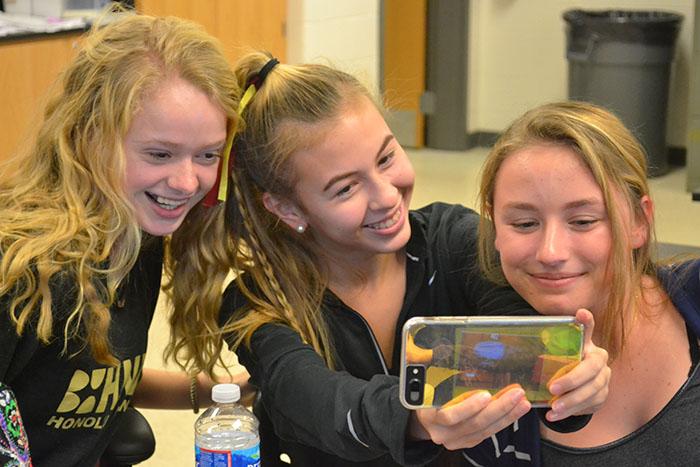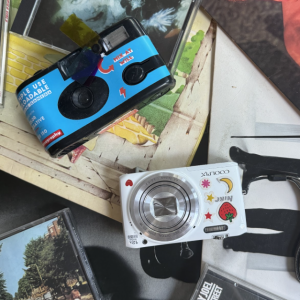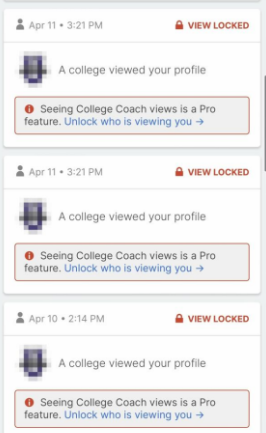Social media compromises real-life social skills
Abby Walters (’19), Lily Robertson (’19), and Lynzie Ritz (’19) take selfies instead of studying during enrichment. Robertson sent the photo to friends through Snapchat.
February 14, 2017
Social media has taken the world by storm over the past few years. According to pewinternet.org, with over 8,796 snapchats sent per second, 350,000 tweets per minute, and 52 million Instagram photos posted a day, social media has taken over.
Face to face conversations has transformed communication via text and snapchat. “It is my entire social life,” said Carly Stevens (’20), who primarily communicates with her friends through text.
But even texting seems to have faded. It is more common now for people to keep in touch through snapchat, an app created in 2011 that allows users to send photos back and forth with their friends. Conversation within the app seems to be a test of memory, as the messages disappear after swiping out of the chat or tapping out of the photo.
One of the snapchat updates of 2015 was the introduction of “snap streaks.” A snap streak is the number of days the user has consistently snapped back and forth with another person. A fire emoji appears next to their name to signify a snap streak.
Snap streaks create an obligation for people to snap each other. “I have a lot of streaks, so that’s the main way, I talk to people,” Lily Robertson (’19) said. Robertson said she does not usually have conversations in her snaps.
So how did people communicate before 2011?
“The only way to get a hold of someone when I was a teenager was by telephone, or you had to drive to their house,” Science teacher, John Foster said. Although the accessibility to social media has allowed him to stay in contact his college classmates, Foster warns that it is easy to get addicted to the screen.
This addiction can help or hurt relationships between family members. It’s easy to get wrapped up in what is being posted online instead of spending time with them, but it allows a way to contact the ones that aren’t around.
“It could be like either way, if you’re not with your family a lot and you’re on your phone, you could like call them and stuff and talk to them but if you are with your family and you’re on your phone, then you’re not actually with them,” Jeff Wilson (’19) said. Wilson says he is not allowed to have his phone out at the dinner table.
A social life has turned into a social media life. Although social media can be a way to connect, sometimes it’s better to disconnect.







